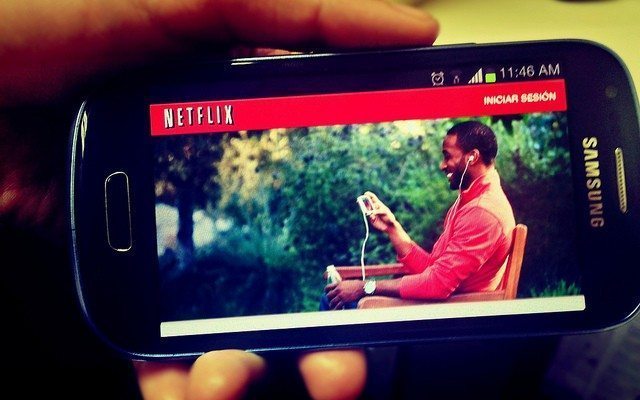 Image courtesy of [Esther Vargas via Flickr]
Image courtesy of [Esther Vargas via Flickr]
Technology
Millennials Don’t Need Cable: The New Ways We Watch TV
Since finishing college last May, I’ve noticed a post-grad trend of 20-somethings chucking away their TV remotes in favor of online streaming sites such as Netflix, Hulu, and Amazon Prime. Some are just being cheap (can we say student loans) while others simply don’t feel compelled to have both traditional cable and online options. The truth is, millennials just don’t need cable, and new Nielsen figures agree. However, the move away from traditional TV viewing opens the door for innovation, and sometimes, legal battles over those new inventions.
This news shouldn’t be surprising–people have begun to rely more and more heavily on the web for fast and easy news consumption so why not make it a one stop shop for all entertainment? According to the New York Post:
Traditional TV usage — which has been falling among viewers ages 18 to 34 at around 4 percent a year since 2012 — tumbled 10.6 percent between September and January.
This means that there are a lot fewer young adults watching their flat-screens for primetime than four years ago. Surprisingly, only four years ago 21.7 million young people were using cable, but by the end of last month, that figure had fallen to 17.8 million, according to Nielsen counts. As baby boomers age so does cable’s prime demographic, with the median age of the TV audience hitting 50 this year, just north of the traditional target range of 18-49.
In an effort to adapt to the conversion from cable to online, networks have begun to introduce live streaming to their sites, similar to the way HBO launched it’s highly successful extension HBO Go. NBC is the latest company to make the leap. Soon they will be issuing an update for their channel’s iOS and Android apps that will introduce live mobile streaming, although according to The Verge, this will require users to log in with credentials from their TV provider and will only be available in markets where NBC owns the local station.
However, not all streaming sites have proved successful. New York based tech company Aereo took a turn for the worse when the online streaming startup filed for Chapter 11 bankruptcy in November, just months after shutting down operations after facing an arduous Supreme Court battle.
Aereo’s unique approach didn’t sit well with networks. They assigned their users mini broadcast TV antennas that transmitted broadcast signals to individual subscribers, allowing them to avoid paying retransmission fees for broadcasters’ content. Feeling cheated, broadcasters objected to the convenient loophole by filing lawsuits, and the Supreme Court agreed that what Aereo was doing was wrong.
Options like these, even if not all pan out, are extremely enticing for consumers looking to differentiate from the norm and save a couple bucks. I myself have thought about saying goodbye to DVR and making the switch to online, but that lack of universal live streaming options for every network is the only thing holding me back. Under the current model, waiting a day or two for a network to upload the show you want to watch online is often the norm, but ultimately it’s a small price to pay as long as you don’t plan on live tweeting and can stay away from online spoilers (I can avoid neither). With the help of initiatives like NBC’s, that may not be a problem for long.








Comments